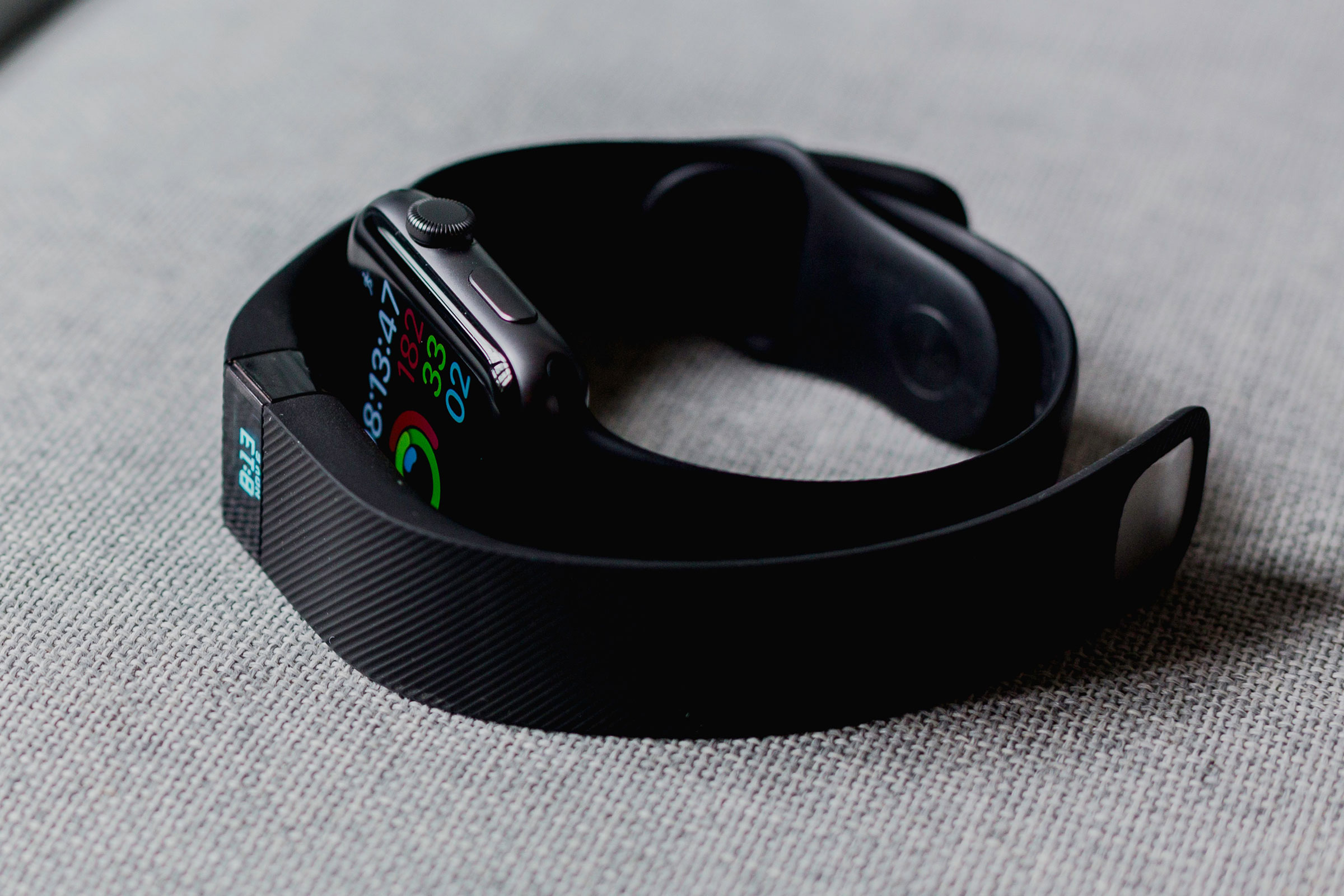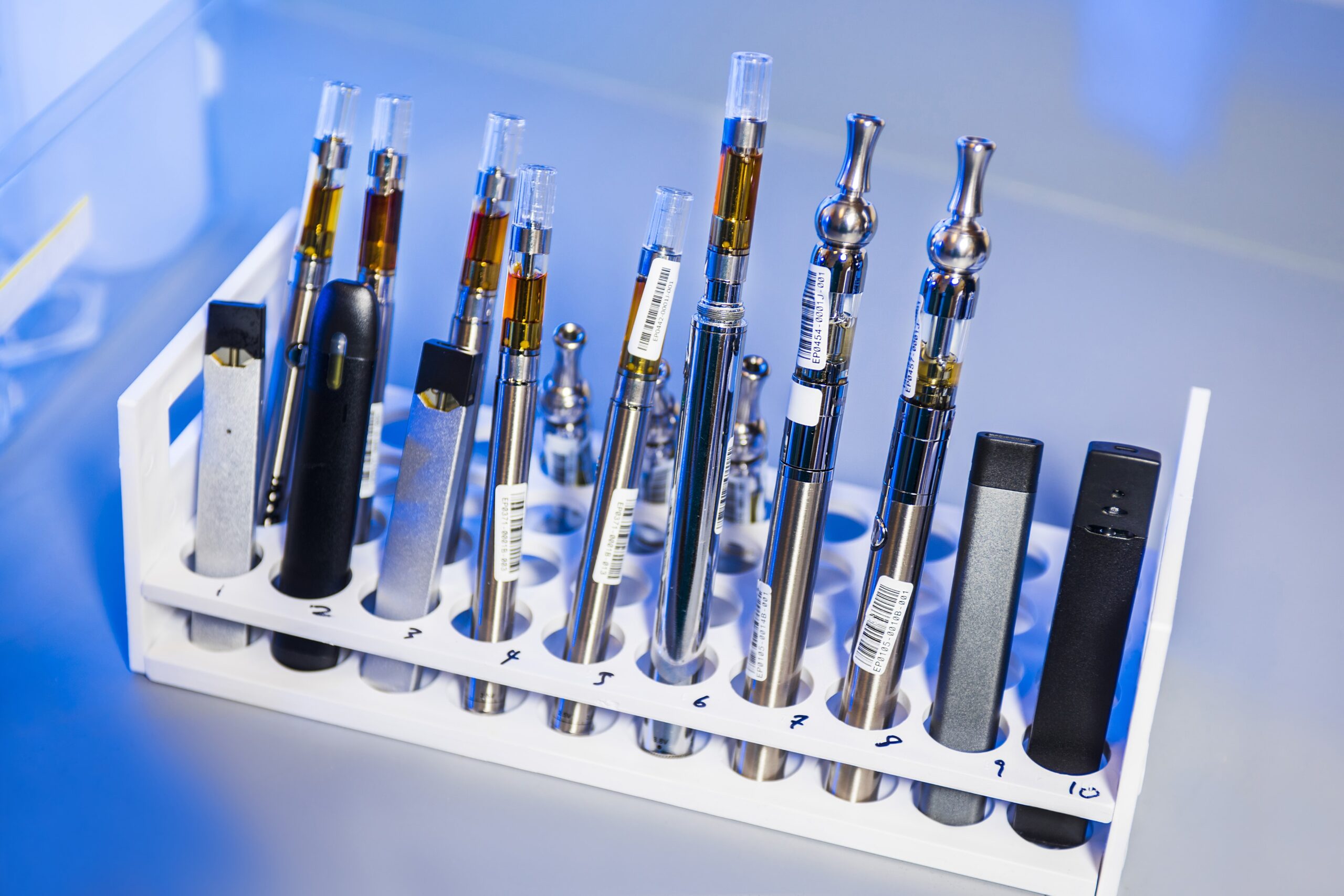 One friend calls her Fitbit her “nag-bit.” Another’s father, in his 70s, jumps up from the table at a restaurant to walk around, because his tracker tells him he has yet to complete his steps for the hour. And another argues with her’s — “I walked WAY more than that!”
One friend calls her Fitbit her “nag-bit.” Another’s father, in his 70s, jumps up from the table at a restaurant to walk around, because his tracker tells him he has yet to complete his steps for the hour. And another argues with her’s — “I walked WAY more than that!”
What used to be simple pedometers are now wrist computers that inspire a bit of obsession and compulsion. Fitbit, Garmin, Apple and other companies are in a race to track steps, flights of stairs, miles, sleep, heart rate, calories, etc.
They can even analyze data to tell you that, in my case as a 52-year-old male, based on my resting heart rate my cardio fitness is excellent for men my age. My doctor agrees, but until the device can draw blood or give a prostate exam — it’s not going to replace the yearly physical.
In the summer of 2019, Fitbit announced a premium service that can create a report for your physician. At $79.99 a year, plus the cost of the latest device, it might be a bargain for some.
 But others might just keep the gadgetry to a minimum, get a pen and pad, and:
But others might just keep the gadgetry to a minimum, get a pen and pad, and:
- Simply take a walk. It’s free, it’s easy, and you can track steps with an old mechanical pedometer. Write down the steps, miles, track your progress.
- Exercise. Track the miles jogged or biked. Count the pounds and reps in the weight room, the laps in the pool. Are you able to do more now than you could last week, last month? Write it down.
- Sleep. Get to bed at a set time. How many hours did you get? Were you restless? Did you dream? Did you wake feeling up-and-at-’em or hit-the-snooze-again? A sleep journal is helpful to track this most-difficult to quantify human activity.
- Eat well and burn those calories! Keeping a diet and activity journal can also help you track your metabolic activities.
- See your doctor, get your annual physical. A human with a medical degree still beats all fancy wrist computers.
- If you’re tracking with analog journals or digital data, be obsessive-compulsive about your health! Health trackers’ big pro is their constant feedback. The numbers are always updated, always at your wrist, showing how much you’ve improved (or how much you’ve been slacking). Working to improve those numbers can feel like a video game, but there’s no reason why you can’t make it a game on paper.
At times the health tracker can feel like a nag. But we’ve always got to be our own nag. With gadgets, or just pen and paper, we can keep track of our data and constantly work at improving those numbers!



